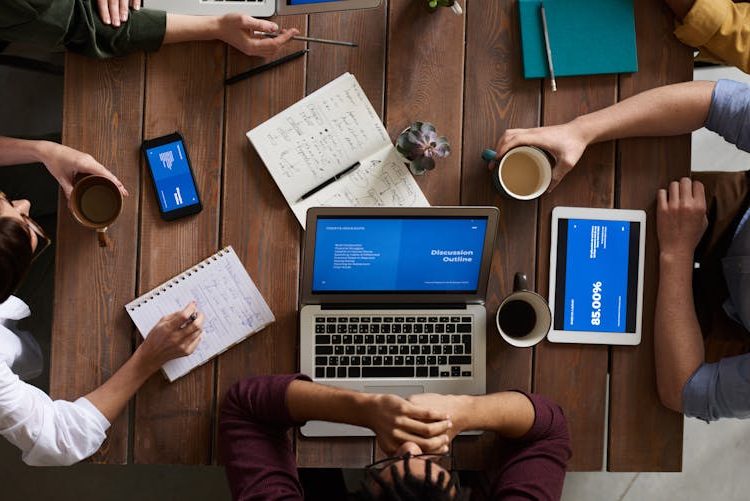Today’s office runs on coffee. Whether you own a big corporation or a small business, your workplace should have a coffee machine. Coffee fuels the daily hustle of your employees and keeps your team energised.
But have you ever thought about the caffeine content in a cup of coffee? Or how it affects the focus or overall health of those who consume? As a responsible business owner, it is your duty to be mindful about the health and wellness of your employees and customers.
This article will answer this BIG question: how much caffeine is there in your cup of coffee?
By the end of this blog post, you’ll know a lot of things about caffeine. What it is, how it works, and how different coffee preparations compare in terms of caffeine levels. Keep on reading!
What is Caffeine and How Does it Work?
Do you use a coffee machine for office? And do you drink coffee daily? If yes, then you must understand the critical component present in the coffee: caffeine.
So, what is caffeine, you ask? Caffeine is a naturally occurring stimulant found in the leaves, fruits, and beans of various plants, including the coffee plant.
Here is how it works: when you consume caffeine, it gets quickly absorbed into your bloodstream and travels to your brain. There, it blocks the action of a neurotransmitter called adenosine. This, in turn, increases the activity of other neurotransmitters like dopamine and norepinephrine. The result? You get a familiar feeling of increased alertness, focus, and energy.
Understanding the Caffeine Content in Coffee
Here’s a fact: caffeine content in coffee depends on various other facts besides its natural occurrence. For instance, the type of coffee bean used, the roasting process, and the brewing method affect the caffeine content. Additionally, the commercial coffee machines in your office leverage these factors to adjust the caffeine content and make coffee strong or normal.
Generally speaking, Robusta coffee beans contain about twice as much caffeine as the more popular Arabica beans. Robusta beans typically have a caffeine content ranging from 1.7% to 4.0%, while Arabica beans generally contain 0.6% to 1.2% caffeine.
Also the roasting process also influences the caffeine content of your coffee. Lighter roasts tend to have a slightly higher caffeine content than their darker counterparts. This is because the roasting process can cause some caffeine to be lost through evaporation.
But the interesting thing is that the difference is usually small. So, other factors like the specific bean variety and brewing method have a more significant impact on the final caffeine levels.
| Coffee Bean Type | Caffeine Content-Range | Roast Level Influence |
| Robusta | 1.7% – 4.0% | Slightly higher caffeine content |
| Arabica | 0.6% – 1.2% | Slightly lower caffeine content |
How Different Coffee Brews Compare in Caffeine Content
Let’s talk about the numbers to give you a better perspective.
An 8-ounce cup of brewed coffee, which is the most common serving size, contains around 95 milligrams of caffeine. But a single shot of espresso (a concentrated form of coffee) consists of about 63 milligrams of caffeine per 1.5-ounce serving. Think about that for a minute.
Likewise, a cold brew coffee contains up to 120 milligrams of caffeine per 8-ounce serving. Since this coffee has a longer brewing process, we get more caffeine compounds from the coffee grounds.
So, cold brew coffee has the highest amount of caffeine!
OK, we know what you’re thinking: what about decaf coffee? Even though decaf coffees significantly lower in caffeine, they still contain a small amount. The number would be between 2-7 milligrams per 8-ounce cup.
Understanding the caffeine profiles of different coffee preparations can help you offer a well-rounded menu that meets the needs of all your customers.
The Impact of Coffee Strength on Caffeine Levels
You must remember that the strength of the coffee also affects its caffeine content.
For example, a larger serving size, such as the Venti at Starbucks, which has a whopping 415 milligrams of caffeine, will have a much more significant punch than a smaller, 8-ounce cup.
This is something to keep in mind when catering to your customers’ caffeine preferences.
How Caffeine Content Affects Health
For most healthy adults, up to 400 milligrams of caffeine per day is safe and unlikely to cause any adverse effects.
However, take it with a grain of salt. If you consume too much caffeine, it can lead to jitters, anxiety, headaches, and even disruptions to your sleep.
So, please be mindful about how much caffeine suits you or how much you want your employees and customers to have it. You can also get machines which can personalise the coffee as per needs.
Making the Right Coffee Choice for Your Caffeine Needs
As a business owner, you have a wealth of coffee options, each with a unique caffeine profile.
Whether you’re looking to provide a powerful espresso-based drink or a more moderate, filter-brewed coffee, understanding the caffeine content can help you make the right choice for your establishment.
And don’t forget to consider the needs of your customers – by offering a variety of coffee options, you can cater to those who prefer a stronger caffeine boost and those who are more sensitive to its effects.
By understanding the intricacies of caffeine in coffee, you can ensure that your business is serving up the perfect cup of joe to keep your customers energised and satisfied. Happy brewing!






